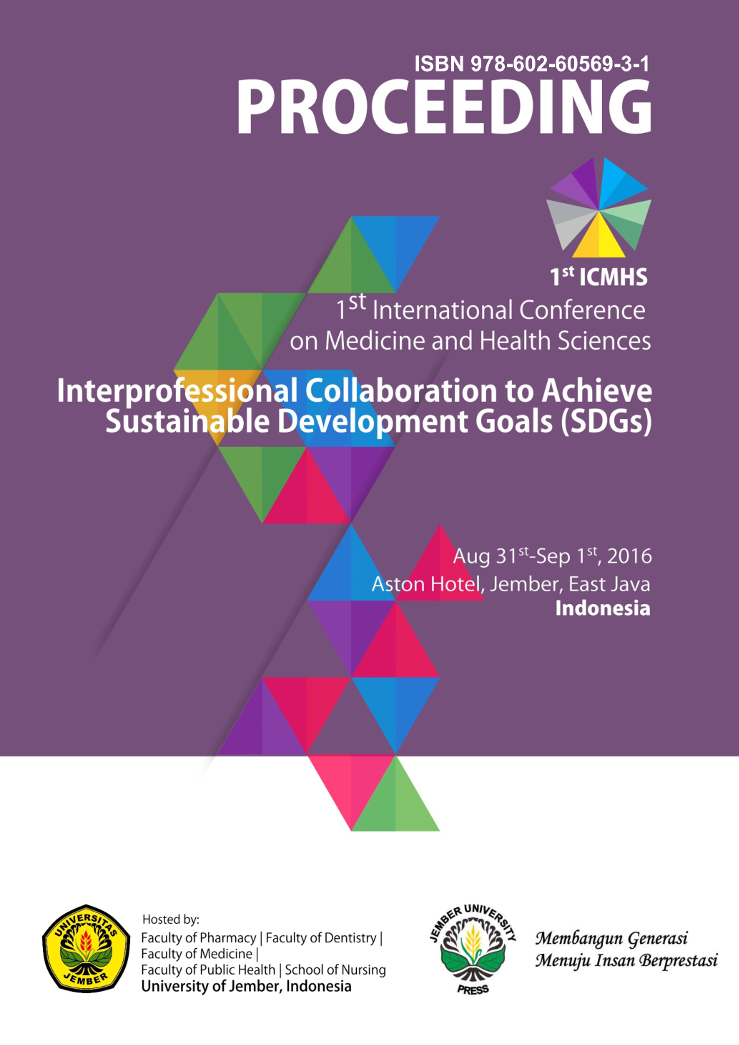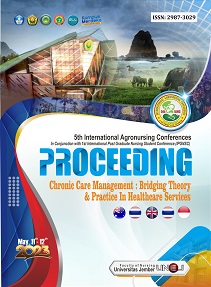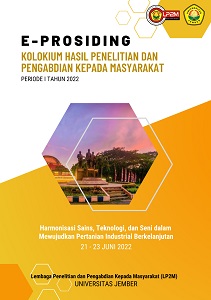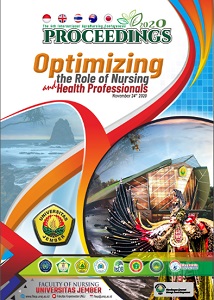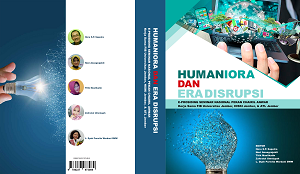BANANA AND PLANTAIN AS MEDICINAL FOOD
Abstract
Indonesia is mega diversity country with
25.000-30.000 plant species has 6.000 species of
medicinal plants [1]. One of potential plants to be
explored as medicinal plants is banana. The plant
family Musaceae, composed of bananas, plantains,
and ornamental bananas, originally evolved in
Southeast Asia and surrounding tropical and
subtropical regions. More than 145 million tons of
banana and plantain were produced worldwide in
2011 according to FAO estimates. Banana are grown
in nearly 130 countries. In addition to fruit, bananas
and plantains provide many cultures with medicines,
beverages, fibers, edible floral parts, dyes, fuel,
steam for cooking, cordage, wrapping materials, etc
[2].
Bananas are among the world’s leading food
crops, after rice, wheat and maize. Banana is dessert
fruit that its edible part is pulpy, firm to tender, free
from seeds or pips, and has a characteristic flavour.
Plantain is a cooking banana subgroup. Plantain
resemble banana but are longer in length, have a
thicker skin, and contain more starch. Most dessert
banana cultivars in the world are AA or AAA, this last
group includes almost all the cultivars sold to export
market. Cooking bananas, often named plantains,
are mostly AAB, ABB, or BBB [3,4].
Banana and plantain are important staple
foods in many developing countries, especially in
Indonesia. Musa are rich in vitamin C, B6, minerals,
and dietary fiber. They are also a rich energy source,
with carbohydrates accounting for 22% and 32% of
fruit weight for banana and plantain, respectively.
People annually consume 28 kg of banana and
plantain per capita, or 155 kg per year, or almost half
of 1 kg per day. Four African countries have the
highest per capita consumption of banana/plantain
in the world, with Uganda having the highest [2].
Recent knowledge diet may modulate various
functions in the body and may play detrimental or
beneficial roles in some diseases. Foods are
expanding from emphasis on survival, hunger
satisfaction, and preventing adverse effects to
emphasizing the use of foods to promote a state of
well-being and better health and to help reduce the
risk of disease. The study investigated the
beneficial/healthy
25.000-30.000 plant species has 6.000 species of
medicinal plants [1]. One of potential plants to be
explored as medicinal plants is banana. The plant
family Musaceae, composed of bananas, plantains,
and ornamental bananas, originally evolved in
Southeast Asia and surrounding tropical and
subtropical regions. More than 145 million tons of
banana and plantain were produced worldwide in
2011 according to FAO estimates. Banana are grown
in nearly 130 countries. In addition to fruit, bananas
and plantains provide many cultures with medicines,
beverages, fibers, edible floral parts, dyes, fuel,
steam for cooking, cordage, wrapping materials, etc
[2].
Bananas are among the world’s leading food
crops, after rice, wheat and maize. Banana is dessert
fruit that its edible part is pulpy, firm to tender, free
from seeds or pips, and has a characteristic flavour.
Plantain is a cooking banana subgroup. Plantain
resemble banana but are longer in length, have a
thicker skin, and contain more starch. Most dessert
banana cultivars in the world are AA or AAA, this last
group includes almost all the cultivars sold to export
market. Cooking bananas, often named plantains,
are mostly AAB, ABB, or BBB [3,4].
Banana and plantain are important staple
foods in many developing countries, especially in
Indonesia. Musa are rich in vitamin C, B6, minerals,
and dietary fiber. They are also a rich energy source,
with carbohydrates accounting for 22% and 32% of
fruit weight for banana and plantain, respectively.
People annually consume 28 kg of banana and
plantain per capita, or 155 kg per year, or almost half
of 1 kg per day. Four African countries have the
highest per capita consumption of banana/plantain
in the world, with Uganda having the highest [2].
Recent knowledge diet may modulate various
functions in the body and may play detrimental or
beneficial roles in some diseases. Foods are
expanding from emphasis on survival, hunger
satisfaction, and preventing adverse effects to
emphasizing the use of foods to promote a state of
well-being and better health and to help reduce the
risk of disease. The study investigated the
beneficial/healthy
Downloads
Download data is not yet available.
Downloads
Published
2017-01-27
Issue
Section
General

